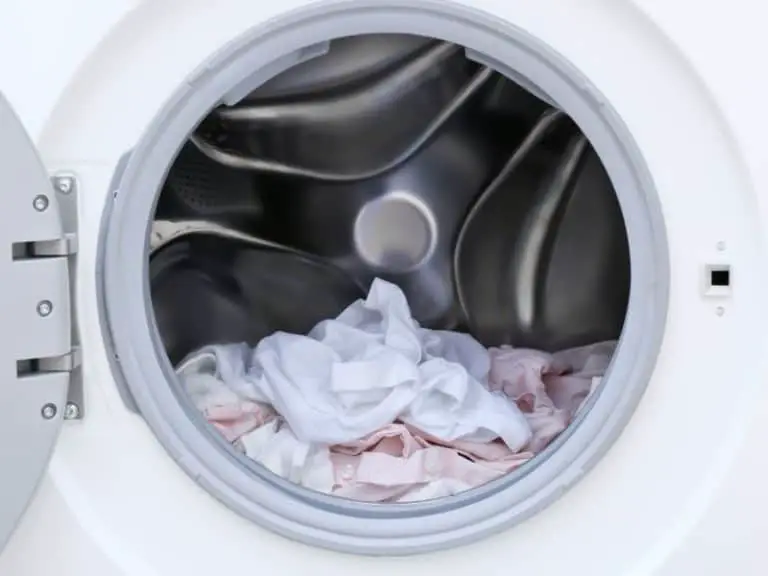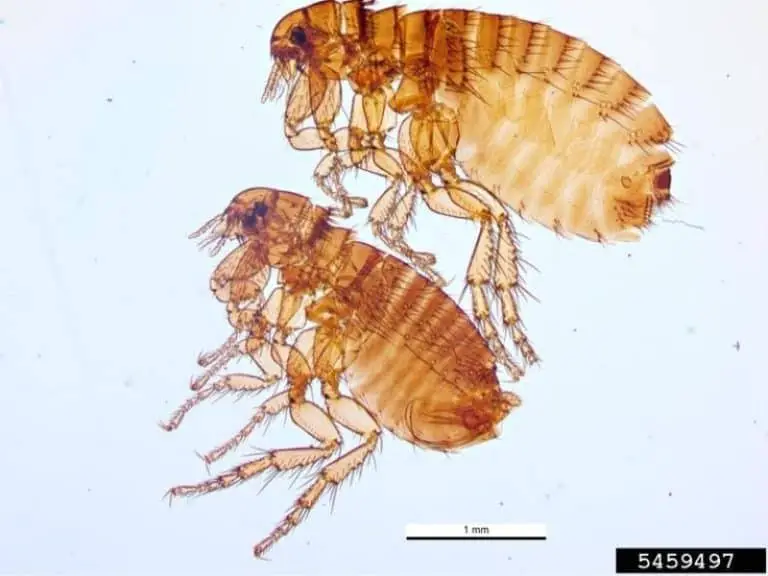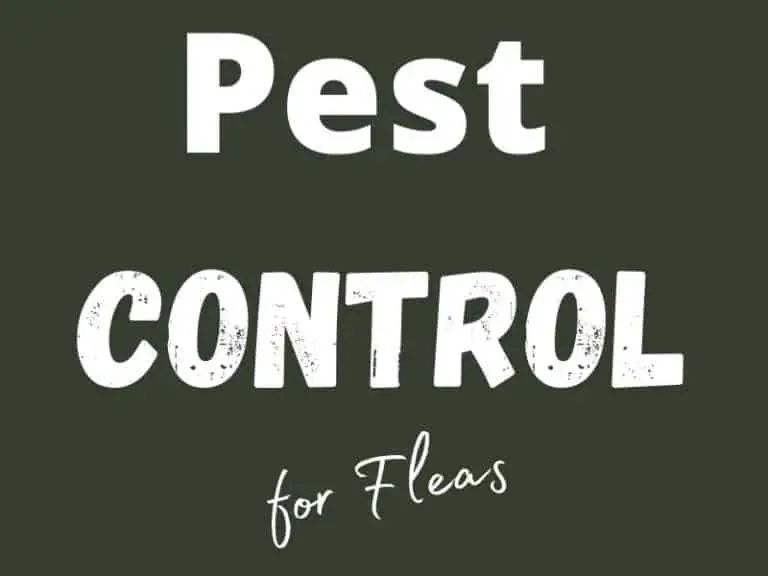Nine Bugs That Can be Mistaken for Fleas
Fleas can cause pets to scratch aggressively, end up with skin infections and, in severe cases, even die due to anemia. But besides the blood of furry, four-legged creatures, fleas may also drink your blood if there are no cats or dogs around. The problem with fleas is that they resemble many insects, some of them are entirely harmless.
There are many bugs that can be mistaken for fleas. Some of them are good jumpers, too, like mites, springtails, and chiggers. Crawling insects that can be mistaken for fleas are bed bugs, ticks, head lice, and chewing lice. There are also flying insects that can be mistaken for fleas, like fruit flies and gnats.
Continue reading if you would like to know more about fleas and their bites. Besides these matters, we will also talk about insects that many people confuse with fleas because they look the same.
All About Fleas and Flea Bites
Fleas are tiny bugs that are anywhere from 1 to 3.2 mm in length — they grow no bigger than the tip of a pen. They are small alright, but fleas are large enough to be seen by the naked eye. As a matter of fact, you can see them turn from brownish-black or black to reddish-black after consuming blood.
Needless to say, fleas feed on the blood of animals, including cats and dogs.
Refrain from assuming that it’s only the blood of furry creatures that fleas drink. If your pet is nowhere in sight and fleas get hungry, they will feast on your blood.
Fleas cannot live on your body because, no matter how hairy a person is, there is not enough hair on a human body as animals that fleas love to live on.
Fleas usually bite humans on the feet, ankles and legs. However, they can also crawl elsewhere on the body, especially where there’s substantial hair, such as a hairy man’s chest.
When fleas bite you, you will surely know it — flea bites are very itchy. Because of this, secondary infections are pretty common, which occurs when you aggressively scratch flea bites and break your skin. By the way, flea bites appear as small, red bumps. They are usually in a straight line or clusters of three or four.
Besides the body of your pets, fleas also hide in pet beddings, upholstered furniture, carpets, rugs, cracks and crevices. They can also live in gardens, usually under dead leaves and in grasses.
Many people cannot tell fleas and other insects apart. No one can blame them since many tiny bugs closely resemble fleas. As a matter of fact, some of them also bite humans and consume their blood, too!
Check out this table comparing fleas with insects commonly mistaken as fleas:
| BUG | SIZE | COLOR | HABITAT | FOOD | BITE |
|---|---|---|---|---|---|
| Fleas | 1 to 3.2 mm | Brownish-black, black (reddish-black after feeding) | Animals and cracks and tight places | Blood | Small, red bumps (usually in clusters or three or four) |
| Bed bugs | 5 to 7 mm | Rusty brown, mahogany (reddish-brown after feeding) | Mattresses, box springs, furniture, cracks, crevices | Blood | Small, red bumps (usually surrounded by blisters) |
| Ticks | 2 to 6 mm (up to 10 mm after feeding) | Black, brown, reddish-brown (gray or blue after feeding) | Pets, humans, tall grass and warm and moist places | Blood | Crusty dots with redness around them |
| Head lice | 2 to 3 mm | Grayish-white, tan (darker in dark hairs and lighter in light hairs) | Scalp (eyebrows or eyelashes, but rare) | Blood | Small, reddish or pink bumps (sometimes with crusts) |
| Chewing lice | 1 to 5 mm | White, black | Short-haired and feathered animals | Skin debris, skin secretions, dried blood, fur, feathers | N/A, but can cause fur to look matted |
| Mites | 0.1 to 6 mm | Brown, black, red, orange, green | Trees, leaves, hay, grains, animals, humans | Juice, fungi, small insects | N/A (in most cases) |
| Springtails | 0.25 to 6 mm | Black, brown, gray (some are white and brightly colored) | Soil, leaves, bark, decaying wood | Bacteria, fungi, algae, decaying plants | N/A |
| Fruit flies | 3 to 4 mm | Brownish-black, brownish-yellow, tan | Fermenting fruits and vegetables, drains, empty bottles, mops, rags, trash bins | Sugary substances, sap | N/A |
| Gnats | 3 to 6 mm | Black, gray | Drains, trash cans, organic matters like fruits and vegetables | Plants, small insects, blood | Small, red bumps that feel itchy |
| Chiggers | 0.4 to 0.5 mm | Red, yellow, orange | Forests, fields, lawns, moist areas | Decaying organic matter, insects in the soil | Blisters or flat red marks |
As you can see, many insects are similar to fleas in terms of size, color, habitat, and bite characteristics. If you would like to know more about these little bugs that can be easily confused with fleas, especially by people who are not accustomed to seeing a lot of fleas, keep on reading.
Related Post: Best Insecticides For Fleas
Difference Between Fleas and Bed Bugs
Size-wise, fleas are smaller than bed bugs — fleas are just 1 to 3.2 mm in size, while bed bugs are 5 to 7 mm. While both drink blood and turn reddish after feeding, fleas are more oval and longer than bed bugs. On the other hand, bed bugs are the shape of an apple seed and flatter than fleas.
Both fleas and bed bugs are nocturnal, which means that it’s at night when they prefer to feed. These insects can survive for a long time without feeding — fleas up to 100 days, while bed bugs up to 400 days.
Flea and bed bug bites can be itchy. Location-wise, flea bites usually occur near the floor, such as the feet, ankles and legs. Bed bug bites, in contrast, can occur on any part of the body, particularly exposed ones while the person is asleep. By the way, bed bug bites can end up as blisters. Flea bites appear to have a halo around the center.
Difference Between Fleas and Ticks
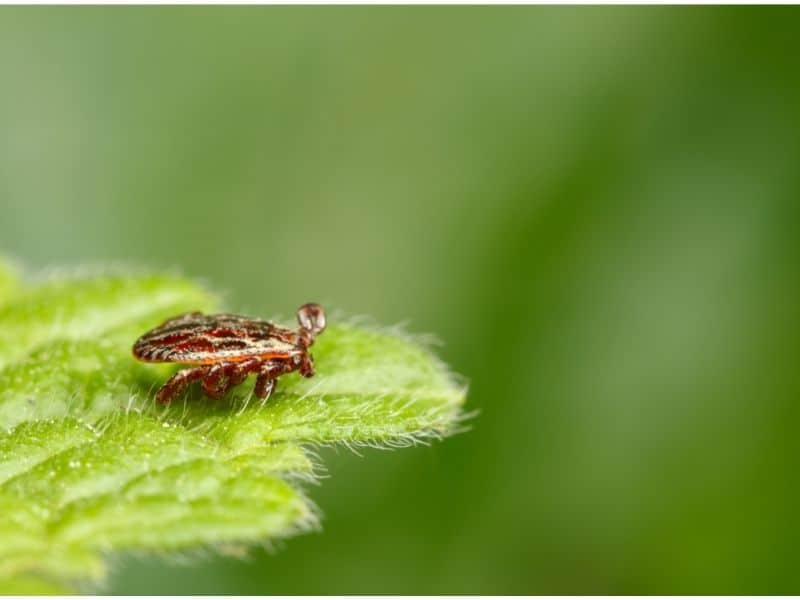
Most ticks are larger than fleas — some of them can be 6 mm in size. Ticks can also become surprisingly large and appear grayish or bluish after consuming blood. While fleas and ticks are both dark in color, ticks have more color variations than fleas, depending on the species.
Earlier, while comparing fleas and bed bugs, it was mentioned that flea bites could be extremely itchy. On the other hand, you may already have a tick bite and still not know it.
It’s true that a tick bite may not leave you scratching. However, in some instances, a tick bite can be very serious. That’s because it can cause an allergic reaction in some people.
Also, ticks can pass diseases onto animals and humans, too, some of which can be fatal. One example is Rocky Mountain spotted fever (RMSF).
Related Post: Sleeping With Light On Scare Bed Bugs Away
Difference Between Fleas and Head Lice
There are a couple of things that set fleas and head lice apart. First, fleas cannot live on humans, although they will bite you and drink your blood if no animals are available. On the other hand, head lice live on humans. Second, fleas are excellent jumpers. In contrast, head lice can only crawl, although they can crawl very fast.
In terms of size, fleas and head lice are about the same size. However, head lice are harder to see because of where they live: on the human scalp. What’s easy to see, however, are nits — the white eggs of head lice.
Both fleas and head lice drink blood. Fleas prefer to drink the blood of animals, while head lice prefer to drink the blood of humans by biting them on their scalp.
Speaking of which, the bites of fleas and head lice are equally itchy. However, people who have a lice infestation for the first time experience itchiness only up to six weeks after the infestation.
Difference Between Fleas and Chewing Lice
Fleas bite to consume blood. Chewing lice bite, too, but not to drink blood. Also called biting lice, chewing lice only eat secretions and debris on the skin of their host, usually birds and mammals. However, it’s important to note that chewing lice have relatives called sucking lice. Based on the name alone, it’s apparent that they feed on blood.
Just like fleas, chewing lice prefer other hosts to humans. However, sucking lice love to infest humans because it allows them to have easy access to blood, their favorite meal.
Earlier, it was mentioned that fleas could live up to 100 days without drinking blood. Sucking and chewing lice can only live up to a few days if no host is available. Because they drink blood, both fleas and sucking lice can cause bite marks that look red and swollen and feel really itchy.
Difference Between Fleas and Mites
There are over 300 types of fleas in the US, the most common of which is the cat flea. Despite the name, cat fleas infest not only cats but dogs, too. On the other hand, scientists say that there are at least 48,000 types of mites worldwide. Some experts believe as many as a million or more are yet to be discovered.
Appearance-wise, fleas are larger than mites, including especially house dust mites. However, there are mites that can be as big as 6 mm, depending on the species.
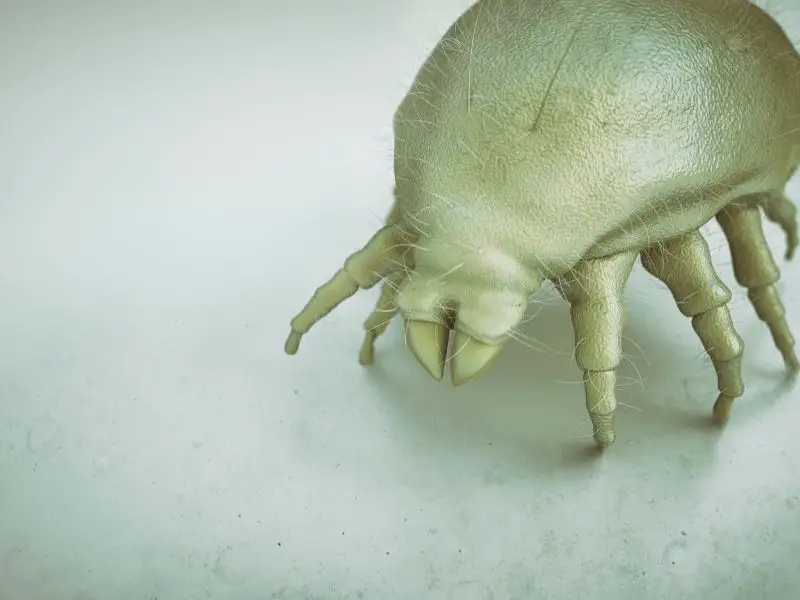
Both fleas and mites can jump really well. However, unlike fleas, the majority of mites do not bite humans, let alone drink human blood.
Still, the presence of mites can cause skin rashes and other allergy symptoms in many. But take note that some mites live in the skin, like those that cause scabies. Some also drink blood.
Difference Between Fleas and Springtails
Springtails are also called snow fleas. However, they are not really fleas — they got their other name from the fact that they move from place to place by jumping, just like fleas. Some springtails are smaller than fleas, while others are several times larger than fleas — some of them can grow up to 6 mm in size.
The problem with fleas is that they have hard bodies, which is why it can be hard to kill them by crushing. Springtails, on the other hand, are easy to crush because of their soft bodies.
Unlike fleas, springtails do not bite humans.
There is no need for them to bite you because they don’t thrive on blood. Instead, they feed on bacteria, fungi, algae, decaying vegetation and various plant parts.
It’s because of this exactly why springtails are hated by those who love to garden.
Difference Between Fleas and Fruit Flies
In terms of size, fleas and fruit flies are about the same size. The biggest difference between these two insects is that fleas travel by jumping while fruit flies travel by flying, although larvae fruit flies are excellent jumpers.
just check out this YouTube video that showcases their phenomenal jumping skills!
Another difference between fleas and fruit flies is that the latter do not bite humans. Besides not living off blood, fruit flies also do not have mouth parts that enable them to bite human skin.
Instead, as their name suggests, what fruit flies eat are fruits and vegetables, too, especially fermenting and overripe ones. This is why they are commonly seen in kitchens and pantries.
However, fruit flies can also be seen wherever there is something moist and fermenting, such as garbage disposals, empty soft drink cans, and bottles, etc.
Difference Between Fleas and Gnats
Like fleas and fruit flies, the primary difference between fleas and gnats is that fleas are wingless insects while gnats are winged creatures. Some species of gnats are also smaller than fleas. Still, when gnats are not flying, some people mistake them for fleas until such time when they attempt to crush them, and they fly away.
Male gnats primarily thrive on nectar, which is why they act as nature’s pollinators. They also eat small insects that infest crops, which is why many farmers absolutely love them.
On the other hand, female gnats also consume blood to help with reproduction. In some instances, they will drink human blood if there are no livestock, pets and other animals around. Gnat bites are similar to flea bites in that they also leave small, red bumps that itch a lot. Sometimes, gnat bites also wind up as blisters.
Difference Between Fleas and Chiggers
Chiggers are often impossible to be seen by the naked eye — they are only 0.4 to 0.5 mm in size. What’s more, unlike fleas, they don’t live off blood. What they consume are the cells of the skin of their host. However, only chigger larvae are the ones that infest animals and even humans.
Chigger bites are similar to flea bites in that they are both red and raised. The bites are also itchy, which is why secondary infections resulting from aggressive scratching are quite common.
Many people hate chigger bites more than flea bites. That’s because chigger bites tend to get bigger over several days. In addition, they tend to get itchier as the days pass by. Chigger bites usually appear on the ankles, around the waist and warm skin folds like under the breasts and in the groin area.
Frequently Asked Questions (FAQs) on Fleas
How can you tell if you have fleas?
A pet that’s scratching a lot is usually a telltale sign of fleas. The same is true for the presence of flea dirt, which is made up of black ground pepper-like specks that leave red smears on a wet paper towel. Flea dirt can be found on the fur of pets, pet beddings, carpets, furniture, etc.
What’s worse, fleas or bed bugs?
Bed bugs are worse than fleas. Despite the name, bed bugs can hide in many other places than just the bed. On the other hand, fleas live on animals only. Bed bugs can also live for over a year, even without feeding on human blood. In contrast, fleas can only live up to 100 days without food.
Are there differences between cat fleas and dog fleas?
Cat fleas and dog fleas are different species of fleas. However, both of them thrive on cat and dog blood respectively, and sometimes human blood, too. Cat fleas can live on both cats and dogs and other animals. Similarly, dog fleas can live on both dogs and cats and other animals.
What are natural ways to get rid of fleas?
Fleas are easy to kill with a variety of items found in most kitchens. Leading the list are baking soda, salt, lemon juice, rosemary, and diatomaceous earth. An effective homemade flea killer involves placing soapy water in a bowl and waiting for fleas to get trapped in it.
Related Post: Top 5 Flea Bombs
Medical Disclaimer: TheHomePestControl is a digital publisher and does not offer personal health or medical advice. The contents of this website are not intended to substitute for professional medical advice, diagnosis, or treatment.
Affiliate Disclaimer: As an Amazon Associate, I earn from qualifying purchases made on our website. If you make a purchase through links from this website, I may earn a commission at no additional cost to you.

